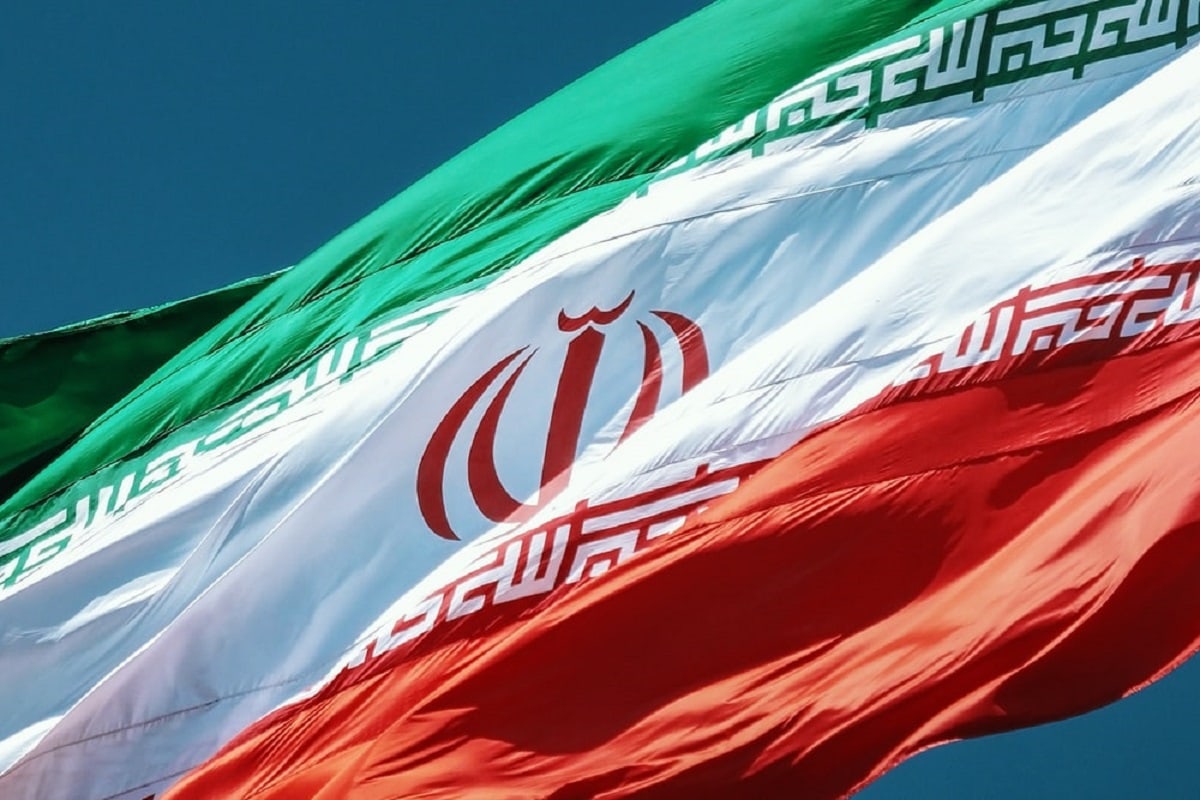President Ebrahim Raisi’s death in a May 19, 2024 helicopter crash upended the race for a new supreme leader. Raisi was not only the president, but he was on a dry run to replace Supreme Leader Ali Khamenei, the 85-year-old who sits atop the Iranian hierarchy. Raisi had the right CV. At the Qom Seminary, he studied under a string of top ayatollahs. He subsequently became prosecutor-general and managed the Astan Quds Razavi, the multibillion-dollar religious foundation that also manages the Shrine of Imam Reza in Mashhad.
Importantly, he was not related to Khamenei. While Khamenei has helped maneuver son Mojtaba into a prime position to replace him, hereditary succession remains taboo. After all, Ayatollah Ruhollah Khomeini repeatedly cited the hereditary nature of the Shah’s regime to delegitimize the monarchy. Khamenei may still favor his son, but he lacks the religious authority that Khomeini once had to impose his choice unless he is willing to appoint him prior to his death. Regardless, when Khamenei dies, so too does his leverage.
If Mojtaba cannot succeed immediately, the Islamic Republic might go down the Soviet Union’s path. Leonid Brezhnev, like Khamenei, consolidated power after a turbulent transition. Stagnation characterized Brezhnev’s near two decades in power. American diplomats sought engagement, but efforts at détente failed upon the unwillingness of Soviet leaders to cast aside ideology or engage sincerely.
When Brezhnev passed at age 75, a full decade younger than Khamenei is now, the baton passed to the former KGB chief Yuri Andropov. At just 68 years old, Andropov may have been a spring chicken by Soviet standards, he already suffered diabetes and kidney disease as he ascended to the top post. It surprised no one, at least from within the Soviet leadership circles, when he died soon after. Konstantin Chernenko, three years’ Andropov’s elder, took over but lasted little more than a year. After the parade of old men, Mikhail Gorbachev, who had just turned 54, appeared a breath of fresh air though he served the same ideology as his predecessors.
Back to Iran: Mojtaba today is just a year older than Gorbachev was upon taking office; he has time. The danger for Mojtaba would be if a young rival became supreme leader and, like Khamenei, managed to consolidate power. To obviate this possibility, Khamenei might choose an immediate successor whose age precludes any consolidation of real power. I asked Saeid Golkar, a professor at the University of Tennessee-Chattanooga and one of the most astute analysts of Iranian politics, and he suggested the 99-year-old Grand Ayatollah Hossein Noori Hamedani. For Khamenei, maneuvering Hamedani as successor could have two advantages. First, he mirrors Khamenei’s hardline positions; he would be no “Ayatollah Gorbachev.” Second, Iranians despise him and so would have little grassroots support. Ahmad Jannati, a spry 97-year-old chaired the Assembly of Experts until last month, and remains secretary of the Guardian Council. His successor as chairman of the Assembly of Experts, Ayatollah Mohammad-Ali Movahedi Kermani, is 92.
Even if the Assembly appoints a nonagenarian who lasts only weeks or months in the leadership, his interlude would enable Mojtaba’s supporters to deny hereditary succession. There has always been a class aspect to Iranian clergy: Some families are prominent across generations—the Shirazis Ashtianis, and Tabatabai—and traditionally slam the door on upstarts from poor families, no matter how talented and pious they may be. Therefore, having two Khameneis would not raise too many eyebrows so long as they were not consecutive.
American officials and their European counterparts may project their own desire for liberalism and reform onto the Islamic Republic. So long as the Islamic Revolutionary Guard Corps remains a cohesive force willing to repress citizenry with brutality, the desire of ordinary Iranians for change will not succeed. Hope that Khamenei’s ambition to keep power and incumbent fortune in family hands will lead him to delegitimize the regime also may be wishful thinking. Surely, Khamenei recognizes the problem and could use a geriatric interlude to launder his son. After one or two geriatric leaders, Mojtaba will appear much more palatable to both colleagues and their Iranian base.
About the Author: Michael Rubin
Michael Rubin is director of policy analysis at the Middle East Forum and a senior fellow at the American Enterprise Institute

